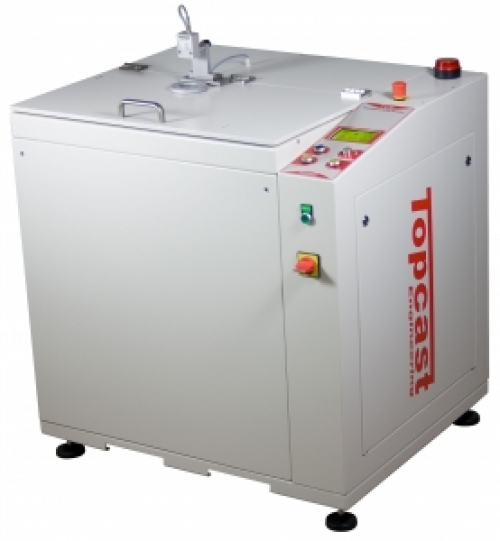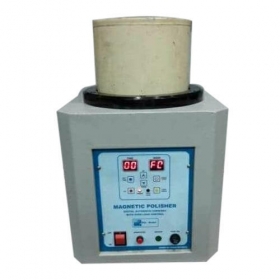Key Features
Gas Wash Procedure Crucible and mould loading operation introduces oxygen The Gas Wash Purge procedure removes the oxygen (1) in a very fast and efficient way and then refills back the chambers with Argon, Nitrogen or Helium gas (2)
Melting Advanced Self Tuning thermoregulation (AST™) with exact temperature control of the molten alloys Accurate control of the temperature with a proprietary narrow band optical pyrometer or with rotating thermocouple Medium frequency induction heating stirs the melted alloy and leads to a perfect homogeneity Magnetic field frequency has been studied for best coupling and energy transfer
Injection and Compression When the charge is molten, the coil is retracted and the arm starts to spin. During the spinning the metal gets out from the crucible and enters the flask. Rotational speed profile, which controls the injection rate, can be regulated digitally for a consistent and reliable mould filling. The final speed will compress the tree during the solidification phase to reduce shrinkage porosity.
Tree protection after casting After the solidification phase, the flask cools down in a protective atmosphere to avoid oxidation. A blinking lamp will signal the operator that the cycle has ended and the flask can be removed


.jpg)


.png)